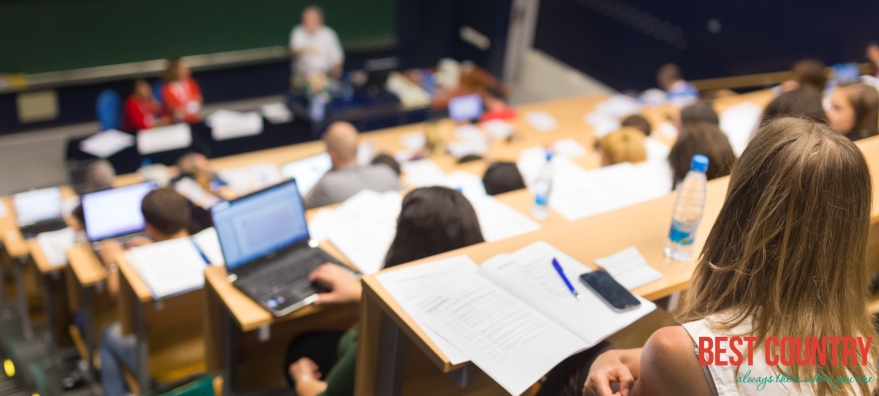The Education System in Moldova

Primary school starts from grades 1 to 4 while gymnasiums start from grade 5 to 9.
Lyceums with Baccalaureate examination will last up to grade 10 to 12.
Without the exam general schools can end at the 11th grade but without any prospect for higher education. There are also several schools for special children or those with disabilities.
There are currently 31 institutions for higher learning in the country where 16 of them are public and 15 of them are privately owned.
The total number of students averages to around 120,000 with more than 100,000 in state owned institutions and approximately 20,000 in the private institutions.
The number of students has been increasing since the end of the Soviet rule. There are more than 6,000 members of faculty in the nation’s colleges and universities. Around 2,700 or 43% of them are PhD degree holders.
Around half of the student populations pursue a major in social sciences, economics, and law while about 18% pursue degrees in architecture and engineering and 16% study education.
There are around 90 majors or specialties available in the nation’s colleges and universities. Around 65% of the students study in Romanian while around 30% of them study in Russian.
Other ethnic minorities must study in Russian as well. A small minority study their course in German, English, French or other international communication languages.
The country also has a council that accredits and attests the programs for doctoral, scientific degrees as well as conferring scientific and pedagogical ranks.